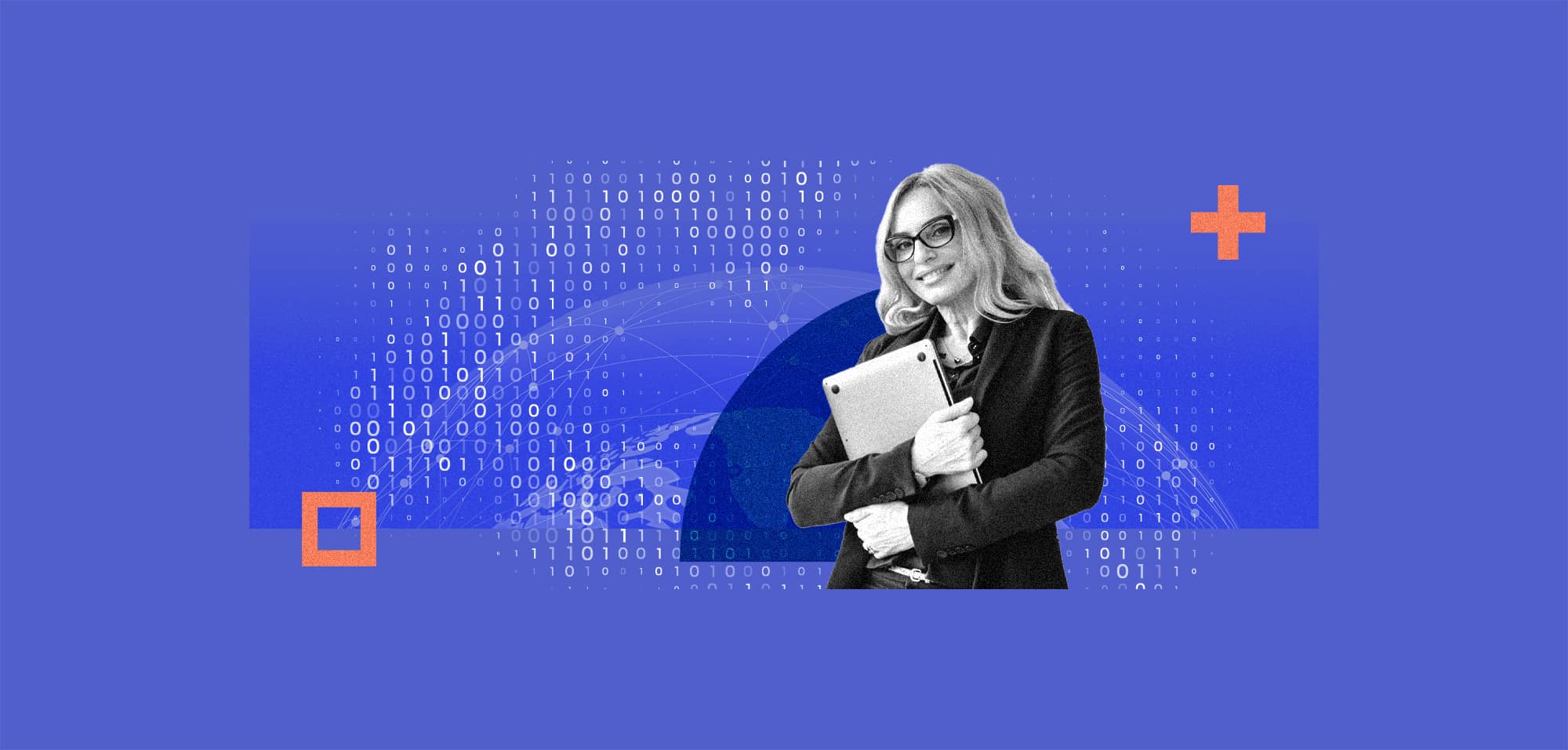
Avoiding the Next MediSecure: Cybersecurity Lessons for Businesses
Table Of Contents:
The MediSecure cybersecurity catastrophe serves as a stark wake-up call for businesses: neglect digital defences at your peril or risk becoming the next cautionary tale in an increasingly treacherous cyber landscape.
The recent insolvency of MediSecure, an Australian electronic prescription provider, following a massive data breach, is a blunt reminder of the critical importance of robust cybersecurity measures. The incident, which compromised thousands of patients’ personal and health-related data, underscores the severe consequences businesses can face if they fall victim to cyberattacks.
In May 2024, MediSecure experienced a large-scale ransomware attack originating from one of its third-party vendors. This attack led to the exposure of 6.5 terabytes of sensitive information, including the personal data of patients and healthcare providers. Despite efforts to mitigate the impact, the breach forced MediSecure to halt new electronic prescriptions, eventually leading to insolvency.
Analysis of the MediSecure Incident
The MediSecure incident unfolded in a manner that starkly illustrated the vulnerabilities inherent in modern digital infrastructures. This massive data leak was traced back to a third-party vendor, highlighting the cascading effects a single point of failure can have within an interconnected ecosystem.
Adam Brown, managing consultant at the Synopsys Software Integrity Group, emphasises the severity of such incidents: “For a firm that is already in a sensitive position, any security incident is very bad news, be it indirectly through reputational damage and fines or directly as in this case with practical impacts on business.”
The initial signs of trouble emerged when malicious actors infiltrated MediSecure’s systems. Despite the company’s efforts to secure its network, the attackers penetrated its defences, leveraging vulnerabilities in the vendor’s system. This allowed them to access a wealth of sensitive data, which was subsequently posted on a hacking forum. The immediate impact was profound: MediSecure was forced to halt new electronic prescriptions and focus on damage control, all while the news of the breach spread rapidly, attracting significant media attention.
MediSecure notified authorities and sought government financial assistance, an unprecedented request following a cyberattack, which was denied. Despite involvement from the National Cyber Security Coordinator and Australian Federal Police, the damage was irreversible. MediSecure’s reputation and finances were severely impacted, and their belated attempts to clarify the breach’s scope failed to prevent insolvency. This incident highlights the critical need for robust cybersecurity and the dire consequences of inadequate data protection.
Lessons for Businesses
The MediSecure incident provides a stark lesson on the importance of cybersecurity for businesses of all sizes. Javvad Malik, lead security awareness advocate at KnowBe4, emphasises this point: “The key lesson organisations can learn from the MediSecure incident is the critical importance of proactive cyber defence mechanisms. It underscores the fact that cybersecurity is not merely an IT issue but a boardroom item that requires strategic leadership and ongoing vigilance to ensure a culture of security is cultivated, which spreads through technology, processes, and people.”
One of the primary takeaways is the critical need for stringent security measures, especially when third-party vendors are involved. The breach occurred due to vulnerabilities in a vendor’s system, highlighting the necessity for businesses to conduct thorough security audits and ensure their partners adhere to the same high cybersecurity standards.
Implementing comprehensive cybersecurity frameworks such as ISO 27001, RFFR, and Essential 8 is essential in mitigating the risk of data breaches. These frameworks offer structured approaches to managing and protecting sensitive information. Brown highlights the importance of these frameworks: “Any framework or maturity model such as Essential Eight or the Building Security in Maturity Model report (BSIMM) built to reduce cyber risk that has been correctly presented to senior management brings cyber risk front of mind.”
Brown further elaborates on the practical strategies: “Essential Eight establishes eight practical strategies covering patching, authentication, authorisation, platform security and backup to reduce cyber risk in operational IT. For firms that produce and maintain software, a software security model such as BSIMM must be considered; Essential Eight and ISO 27001 would not be enough.”
Proactive measures are crucial in safeguarding against cyber threats. Regular security audits and employee training on recognising phishing attempts and following best practices can significantly enhance an organisation’s security posture. A robust incident response plan is essential, including swift technical measures and clear communication strategies. MediSecure’s delayed and unclear response contributed to its downfall, highlighting the importance of transparency and timely updates during crises.
Broader Implications for the Industry
The collapse of MediSecure following the breach has broader implications for the industry. It underscores the financial and reputational risks businesses face when they fail to protect their data adequately. As Brown succinctly states: “Broadly, this event further highlights risk in IT and software.”
Additionally, it highlights the need for regulatory bodies to enforce stringent cybersecurity requirements across sectors. The MediSecure incident has prompted a coordinated response from Australian government agencies, including the National Cyber Security Coordinator and the Australian Federal Police. This response is critical in managing the fallout from such breaches and preventing similar incidents in the future.
Future Trends and Emerging Threats
As businesses look to fortify their defences against cyber threats, staying informed about emerging trends and potential vulnerabilities is crucial. Brown notes some key trends from the BSIMM study: “From the BSIMM study, participants see the following trends: Continued refinement of product security culture as suppliers strive to meet customers’ security objectives; US security requirements filter down to other countries and further into suppliers of software and services; AI-generated code and its risks when integrated into larger software projects and products.”
These trends highlight the evolving nature of cybersecurity challenges and the need for businesses to adapt continuously. The mention of AI-generated code, in particular, points to new frontiers in both potential vulnerabilities and defensive capabilities.
Malik offers additional insights into future trends: “Looking ahead to 2024 and beyond, organisations should be ready for the rise of sophisticated ransomware attacks, relentless phishing campaigns, and the exploitation of emerging technologies such as artificial intelligence and machine learning by adversaries are among the trends to watch. Moreover, the Internet of Things (IoT) expansion increases the attack surface, presenting additional cyber-attack vectors.”
This perspective underscores the importance of staying vigilant and proactive in the face of rapidly evolving cyber threats.
A Cautionary Tale
The MediSecure data breach and subsequent insolvency offer a cautionary tale for businesses worldwide. By learning from this incident and implementing robust cybersecurity measures, organisations can better protect themselves against the ever-evolving landscape of cyber threats.
Malik emphasises that “Security isn’t a one-time activity, and requires constant attention.” This sentiment encapsulates the ongoing nature of cybersecurity efforts. Organisations must view cybersecurity as a continuous process, not a one-off implementation.
Ensuring compliance with established frameworks, fostering a culture of security awareness, and staying abreast of emerging threats are essential steps in safeguarding against such risks. The MediSecure incident is a stark reminder that robust cybersecurity is not just an IT concern but a fundamental business imperative in today’s digital landscape.
Moving forward, businesses must prioritise cybersecurity at all levels, fostering a security-conscious culture alongside technical safeguards. Regular training, continuous assessment, and staying informed about emerging threats are crucial. The MediSecure incident demonstrates that neglecting cybersecurity can be catastrophic in our interconnected world. By learning from such incidents and taking proactive measures, businesses can better protect their assets, reputation, and customers’ trust.




